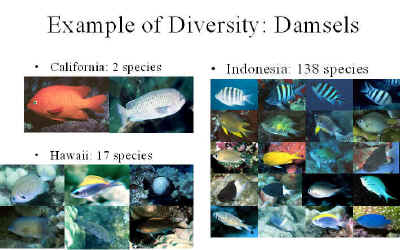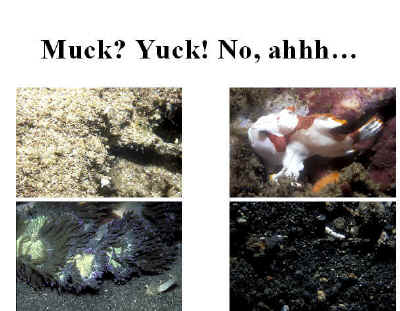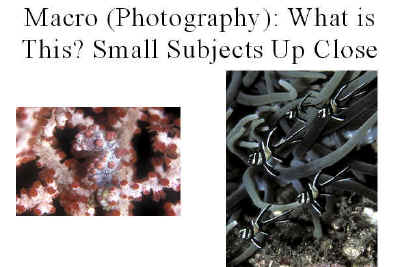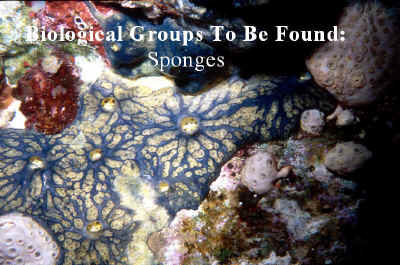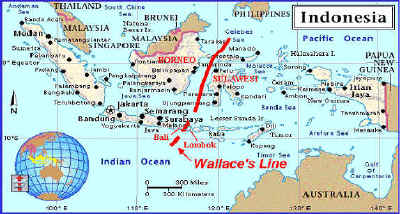
Wherefore art thou Wallace?
Parts of Northern Sulawesi lie in, on, are the path of the Wallace
Line, the so-called ?crucible of life?, site of the most species of
most all groups of living things on this planet. A bit of necessary
history: Alfred Russell Wallace was a contemporary of none other than
Charles Darwin of ?Origin of Species? fame? and in all fairness
should be equally credited with this landmark work, having ?goosed?
Darwin into compiling his notes, publishing his ideas on the matter.
Russell wrote (paraphrasing here) Darwin while residing in Indonesia,
doing a tour as a natural historian, ?Charles, I think I?m seeing
relationships twixt form and function, usefulness of variants through time
and space in living things. What say you?? Darwin to himself: ?Yikes,
better get a move on, else this upstart will pre-empt my similar
observations?! Well, at least Wallace gets a ?line? in his name,
sort of like longitude, latitude, extending irregularly north-south in
Malay-Australia. Check any organismal group for numbers of species in this
region against? Hawaii, the west coast of the United States, the
Mediterranean? more species abundance here by far in almost all cases.
